For people who want to listen to their music without blocking out the outside world, bone conduction headphones are a great choice. Many people are interested in the novel technology that underlies bone conduction headphones.
However, many people are concerned that bone conduction is not good for your health. So, are bone conduction headphones safe?
Contents
What Are Bone Conduction Headphones?
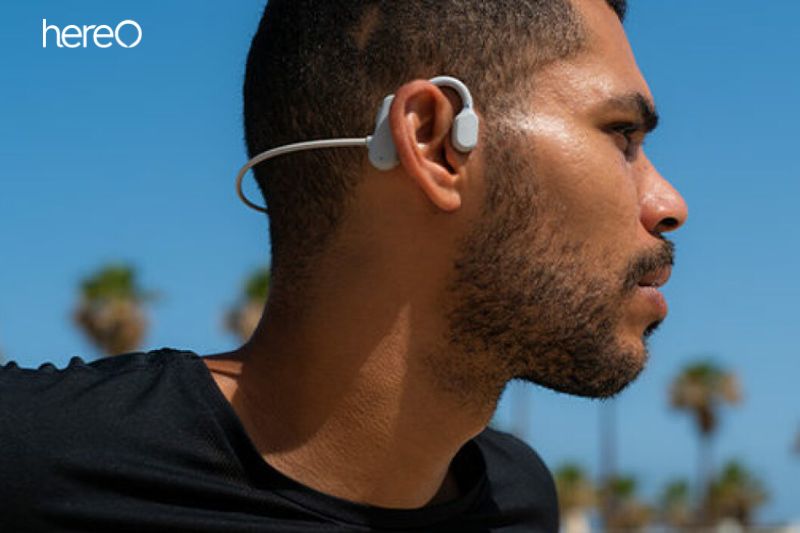
Bone conduction headphones, often known as “bonephones,” transmit sound waves through the user’s skull bones as opposed to their ear canal. Users are able to listen to device audio while keeping their ears free because when in use, the bones in their skull vibrate to magnify the sound waves.
People who need to utilize their ears to keep aware of their surroundings, such as those with hearing impairments, will benefit from this.
How Do Bone Conduction Headphones Work?
The main goal of bone conduction technology is to benefit from the way the human body recognizes sound. Both bone conduction and air conduction are ways that our ears receive sound. The two are different from one another.
Air Conduction
Most sounds are heard through air conduction, in which our eardrums pick up on airborne vibrations and sound waves and transmit them to the cochlea, which transforms them into sounds we can hear.
Our sense of hearing is controlled by the cochlea, an organ located in the inner ear (the portion that resembles a snail). It transforms the sound waves and vibrations into nerve impulses so that our brains can perceive them.
Bone Conduction
Bone conduction is the second way we hear sounds and the one that is most significant for this blog. The main distinction is that this time, the sound travels through our bodies and into our inner ears. Specifically, through our bones, including those in our skull, jawbone, or even spine.
Bone conduction headphones use a method called bone conduction audio technology. The technique involves sound waves being transmitted along the cheekbones and skull, rather than through the air. This allows users to listen to the audio while still being able to hear their surroundings.
The sound waves travel through the user’s skull and reach their inner ear, bypassing the eardrum and allowing the user to remain aware of their environment. This is beneficial for those with hearing disabilities or who need to stay aware of their surroundings.
Bone conduction technology is not new. It is the same technique used by sea mammals to communicate underwater and was even used by composer Beethoven when he lost his hearing.
Are Bone Conduction Headphones Safe?
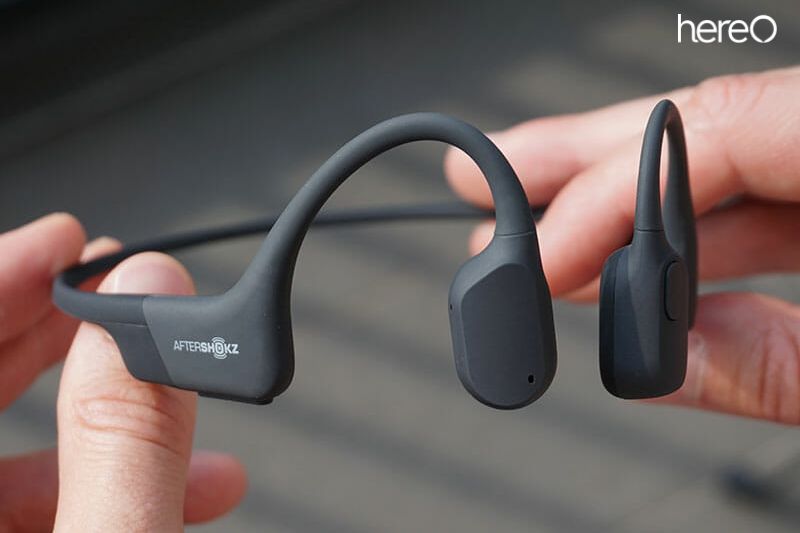
You can be sure that bone conduction headphones are secure for daily use because audiologists have used the same technology to create hearing aids for many years.
Studies suggest that because of their distinctive transmission method—sound waves are transmitted as vibrations—they are actually safer than conventional headphones and earbuds because they don’t make contact with your ear canal.
However, when it comes to hearing health, the most important factor is avoiding damage to the cochlea in the inner ear. Sustained exposure to loud sounds can damage the hairs and nerves in the cochlea and bone conduction headphones, since they still send sound to the cochlea, can still cause hearing loss if used improperly.
Additionally, wearing bone conduction headphones on your temples can lead to headaches or vertigo, although this can be reduced by staying at a lower volume level, and ensuring the right fit.
Skin irritation can also occur when worn for extended lengths of time as they rest on the skin above your ears.
On the other hand, they are more likely to shield you from the hearing-related issues linked to extended usage of normal headphones. They let you to be aware of your surroundings, making them safe for sports like running.
Problems You Might Have With Bone Conduction Headphones
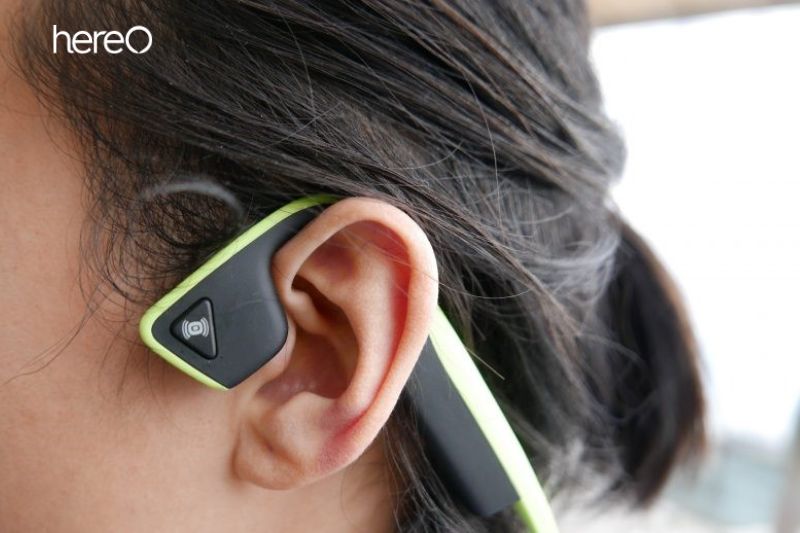
Headache an Vertigo
When compared to standard headphones, bone conduction headphones have some drawbacks that have been documented. In most cases, bone conduction headphones rest on your temples.
This makes using bone conduction headphones uncomfortable or headache-inducing. Even vertigo or dizziness have been observed by some people while using them.
The vibrations employed to convey the sound via the cheekbones are primarily to blame for these effects. Not all of us are able to adjust to hearing things in new ways.
Additionally, when the volume of the song increases, the vibrations become stronger and leave a strange sensation on your cheekbones.
Uncomfortable headphones can also be to blame. If they don’t sit correctly or apply too much pressure to the head, discomfort may develop.
However, because each person is unique, your outcomes and experiences are likely to differ from those of others. If you’re one of those people, you can avoid these issues by maintaining a lower volume level and making sure the fit is proper.
Skin Irritation
Your skin above your ears may feel pressure from bone conduction headphones since they lay there. Sometimes when they are worn for extended periods of time, some people experience skin discomfort.
Any product that is worn or utilized for an extended period of time is likely to create discomfort. Consider using bone conduction headphones for a while to see if you encounter any of these adverse effects before deciding.
Benefit of Using Bone Conduction Headphones
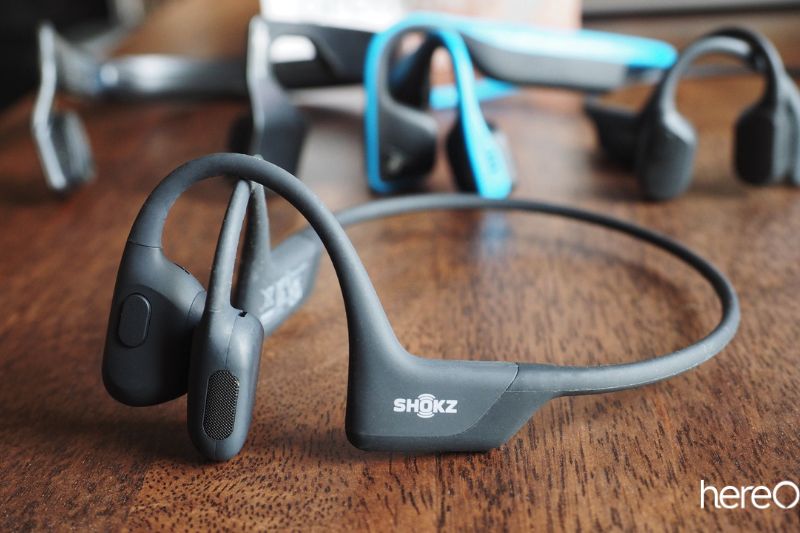
There are undoubtedly many people who believe that the advantages of bone conduction headphones outweigh the drawbacks as their use and popularity grow. It is understandable why there are so many different styles of bone conduction headphones available today.
Hearing Aid Capability
Bone conduction headphones have a special application for people with specific kinds of hearing loss, depending on the area of the ear afflicted, as was previously noted. The sound waves can bypass the parts of the cochlea that aren’t functioning properly by traveling directly to that structure.
Furthermore, they aren’t put in or on the ear directly. When wearing hearing aids, they are frequently more comfortable to use and less prone to cause feedback.
Surround Awareness
Bone conduction headphones work differently and don’t block out noise. The noise is not coming from one direction to the cochlea since the eardrum is being bypassed. The user can still hear outside noises.
This is less important in a quiet atmosphere, but it can have significant safety advantages for people who are riding or running while listening to music. It allows the user to continue listening to their preferred audio but also have a high level of awareness of what’s going on around them.
Due to the potential for decreased situational awareness, several runners and bikers are uncomfortable wearing headphones while exercising. This issue is solved with bone conducting headphones, which are also virtually probably safer in this situation than their noise-canceling counterparts.
And if you work in an environment where being able to hear the surroundings is a must for safety purposes ,such as in a factory, but you still want to listen to music, the bone conduction headphones were definitely made for this purpose.
Great Use For Different Professions
Situational awareness and regular communication are essential in many occupations. For instance, soldiers must always be aware of their surroundings.
Because they might not be able to hear and respond to a critical situation while using earpieces, this can be deadly. They can stay in touch with their team and be secure and situationally aware by using bone conduction headphones.
The many styles of bone conduction headphones are advantageous to athletes like bikers and runners. To stay safe, many outdoor activities necessitate a certain level of attentiveness. Additionally, using bone conduction headphones enables users to stay aware of their surroundings.
FAQs about Are Bone Conduction Headphones Safe
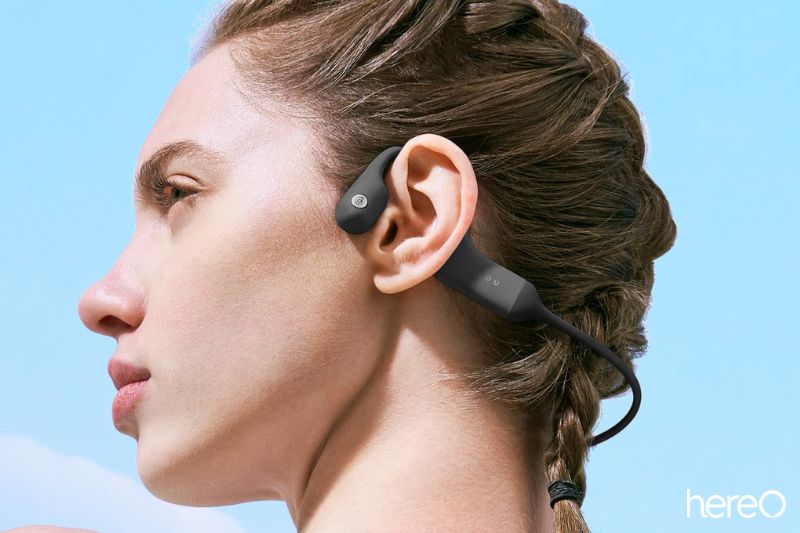
Do bone conduction headphones emit radiation?
The short answer is yes. Bone conduction headphones do emit radiation, but the levels are considered safe according to the overwhelming scientific consensus. While there have been reports of increased localized SAR values in the head of implant users, the levels are still within the acceptable limits set by international standards.
Do bone conduction headphones make tinnitus worse?
No, It can be simpler for people to temporarily lessen their tinnitus by utilizing bone conduction headphones to mask outside noises.
Can bone conduction headphones hurt your ears?
Bone-conduction headphones can still cause hearing loss when music or sound is played at loud volumes, despite the fact that they have significant safety and design advantages over conventional headphones.
Does bone conduction have side effects?
It can become uncomfortable or give you headaches to wear bone conduction headphones. Even vertigo or dizziness have been observed by some people while using them.
Does bone conduction help with hearing loss?
Bone conduction is a reliable method of sound transmission that can be used to amplify hearing. When ear canal pathology prevents the use of a traditional hearing aid and in cases of single-sided deafness, bone conduction hearing devices may be necessary.
Conclusion
Bone conduction headphones are an intriguing technology, but understanding the potential risks is key to making an informed decision. If you’re looking to enjoy your music without blocking out the outside world, it’s important to weigh the pros and cons of bone conduction headphones to decide if they’re right for you.
Thank you for reading. HereOfamily hope you enjoy reading.
